Can Technological Fixes Solve France’s Water Crisis, Amid Record Droughts?
Amid searing heatwaves, a historic drought has racked France since the end of July, causing water shortages in large parts of the country.
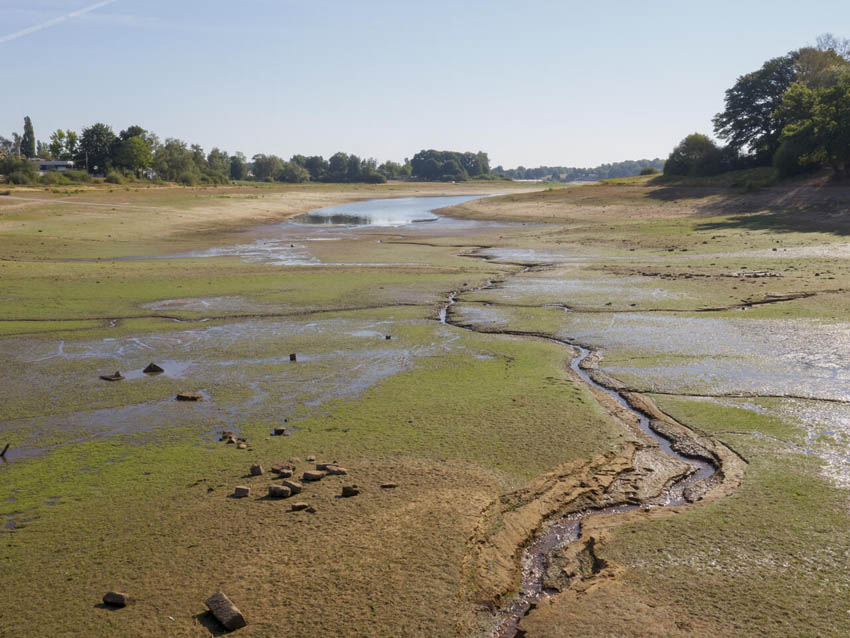
Photo: TYT
Amid searing heatwaves, a historic drought has racked France since the end of July, causing water shortages in large parts of the country. Climate change is bound to make such droughts frequent, if not the new normal – so scientists are looking for technological fixes to find a way around the problem.
France’s worst drought since 1959 has emptied the water tables and vastly reduced water flow in the country's rivers. The French government has had to restrict unnecessary use of water. Around 100 towns lack the usual water supplies due to the drought, necessitating deliveries by water tanker and distributions of water bottles.
This vexed situation has prompted many to look at new ways of providing water, such as reusing wastewater and desalinating seawater. These measures have already been put in place in some countries – but face regulatory hurdles and environmental concerns in France.
Reusing wastewater
“France in particular, and EU member states more generally, need to catch up with other countries when it comes to recycling wastewater,” said Julie Men
dret, an expert on water systems at the University of Montpellier. “At present less than 1 percent of treated water in France is reused. That figure is at 8 percent in Italy and 14 percent in Spain. This is a long way from the situation in some countries where a lot of wastewater is recycled back into the system, notably Gulf states such as the United Arab Emirates, Kuwait and Qatar. Israel a real pioneer in the field – (it) recycles 80 percent of its wastewater.”
Traditionally, the water that ends up in France's taps has been extracted from groundwater, then purified. After it is used, the water is treated in purification plants before being discharged into waterways. But if it is recycled, it will go straight back into the pipes to go to homes and businesses instead of back into waterways.
France recycles 19,000 cubic metres of wastewater every day to irrigate crops and water golf courses. “We could extend this use to clean roads or water green spaces,” Mendret said. “Indeed, why not go further and produce drinking water by recycling water?”
In the Vendée département (administrative unit) on France’s Atlantic coast, the Jourdain project will soon experiment with this solution. Instead of being discharged into the sea, some of the water from the Sables-d’Olonne wastewater treatment plant will be recovered and treated before it is put back into the system providing drinking water. “This will be the first time such a process is used in Europe, after it has already been implemented in Singapore and Namibia,” Mendret pointed out.
France is held back by “unduly tight regulations”, as well as other obstacles to getting projects approved at a local level. Nevertheless, the French government in March expanded the use of recycled water, allowing for its use in fighting fires and indeed boosting parched supplies of groundwater. At the EU level, member states have agreed in principle to step up the use of recycled water.
“We won’t be able to recycle all the water,” Mendret said. “Sometimes it’s necessary to release it to keep nearby rivers flowing as they should and to protect biodiversity. You can’t solve one problem by creating another. Yet it remains a very interesting option, especially for coastal areas where wastewater is often discharged into the sea. That’s fresh water that’s just lost.”
Desalination, boosting rainwater use
Widespread use of rainwater is also going to be needed, said Fabienne Trolard, director of research at France’s National Institute of Research for Agriculture and the Environment. “In France, the overwhelming majority of water we use is potable; we can only use rainwater to water our plants,” Trolard said. “But in Belgium and Germany, households have for a long time been using double-circuit systems, whereby potable water is there only for drinking and showering and water for other uses comes in the form of rainwater, stored in individual tanks.”
If France put such a system in place, Trolard continued, “we could even reuse this grey [non-potable] water several times; they do it three or four times in some of our European neighbours and five or six times in Israel”.
Two small towns, Rogliano in Corsica and the island of Groix in Brittany, are experimenting with another solution to the drought: desalinating seawater.
Like recycling wastewater, this technique is already widely used abroad. There are more than 17,000 desalination plants across the world, according to the International Desalination Association, which brings together scientists, industrialists and NGOs who favour the use of the technique. In total, more than 300 million people depend on desalination for their water needs.
“The main users of desalination are Saudi Arabia and Israel, but Maghreb countries have also been investing massively in it,” Trolard said. “It’s not hard to see why they do it: These are arid countries where fresh water is in short supply – and this is one of the few solutions.”
In Jordan, a plant is due to be installed on the banks of the Red Sea in 2026, and is expected to produce between 250 and 300 million cubic metres of drinking water per year, or 750 million litres of water per day.
Yet desalination has its drawbacks. “These plants consume a lot of energy and so aren’t very economical,” Trolard said. “Above all, desalination produces brine that we don’t know what to do with.”
On average, every litre of fresh water produced by desalination produces 1.5 litres of saline sludge, which is usually discharged into the ocean, disrupting ecosystems.
An array of small-scale solutions are used elsewhere in the world. Chile, for example, harvests water from fog every year. This technique has existed since pre-Columbian times and is very simple: Nets with very tight meshes are installed on foggy days. The droplets cling to the nets and then flow into containers. It is an inexpensive, environmentally friendly process – but, of course, only works under very specific weather conditions.
In the same vein, Laurent Royon, a researcher at the Interdisciplinary Future Energy Laboratory in Paris, is looking at the possibility of recovering dewdrops for use as fresh water. “This technique could be used everywhere, even in deserts, where it actually gets quite cold at night,” Royon said, referring to experiments under way in India, Morocco and Benin. Yet this technique is not very productive, with barely 0.5 litres per cubic metre harvested each night.
Moving icebergs?
Some scientists want to develop new methods for supplying fresh water instead of adopting ones already in use.
But some of these approaches are ultimately counterproductive, such as, for example, cloud seeding, which would allow rain to be triggered on command. Studied since the 1960s, particularly in China, the idea is to exploit the water present in the earth's atmosphere in the form of vapour in the clouds. Only 10 to 15 percent of the water contained in these clouds ends up falling as rain. By sending aerosols via small rockets or fireworks, for example, researchers are trying to increase the amount of rainfall. Not only is the effectiveness of this technique debated, but changing the weather could cause chain reactions elsewhere on the planet that would be difficult to anticipate.
Another unusual idea is to move icebergs, which are composed of fresh water. For nearly four decades, French engineer Georges Mougin has been looking at ways of moving these colossal blocks of ice to countries racked by drought. In 2010, his experiments concluded that it would take five months and 4,000 tonnes of oil to transport an iceberg from Canada to Spain’s Canary Islands. So this moonshot idea carries with it an array of technological, ecological and financial headaches.
This article is translated from the original in French.
-
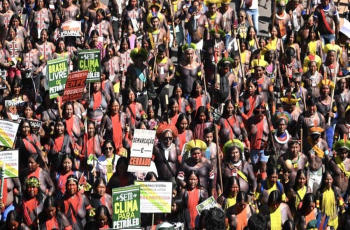
Indigenous people march in Brazil to demand land demarcation
2024-04-24 -
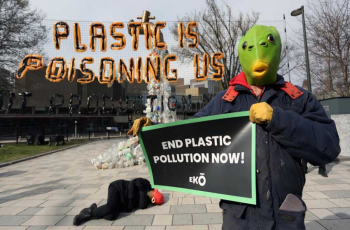
Talks on global plastic treaty begin in Canada
2024-04-24 -
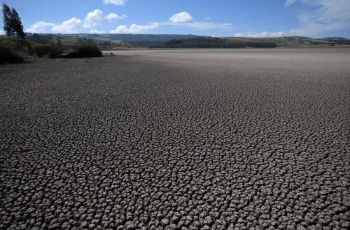
Colombian court recognizes environmental refugees
2024-04-24 -
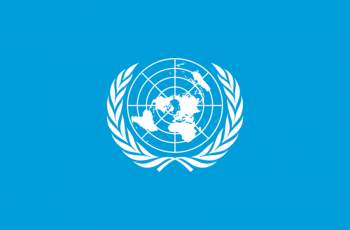
Asia hit hardest by climate and weather disasters last year, says UN
2024-04-23 -
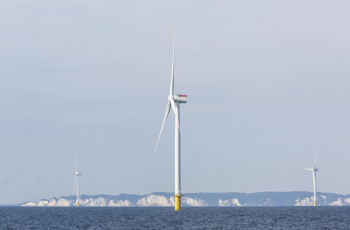
Denmark launches its biggest offshore wind farm tender
2024-04-22 -

Nobel laureate urges Iranians to protest 'war against women'
2024-04-22 -
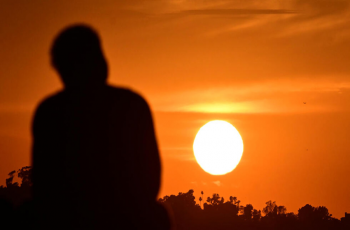
'Human-induced' climate change behind deadly Sahel heatwave: study
2024-04-21 -

Moldovan youth is more than ready to join the EU
2024-04-18 -

UN says solutions exist to rapidly ease debt burden of poor nations
2024-04-18 -
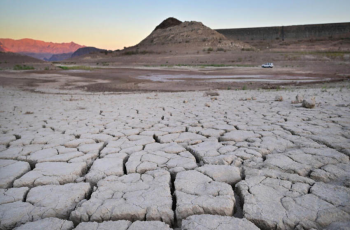
Climate impacts set to cut 2050 global GDP by nearly a fifth
2024-04-18
